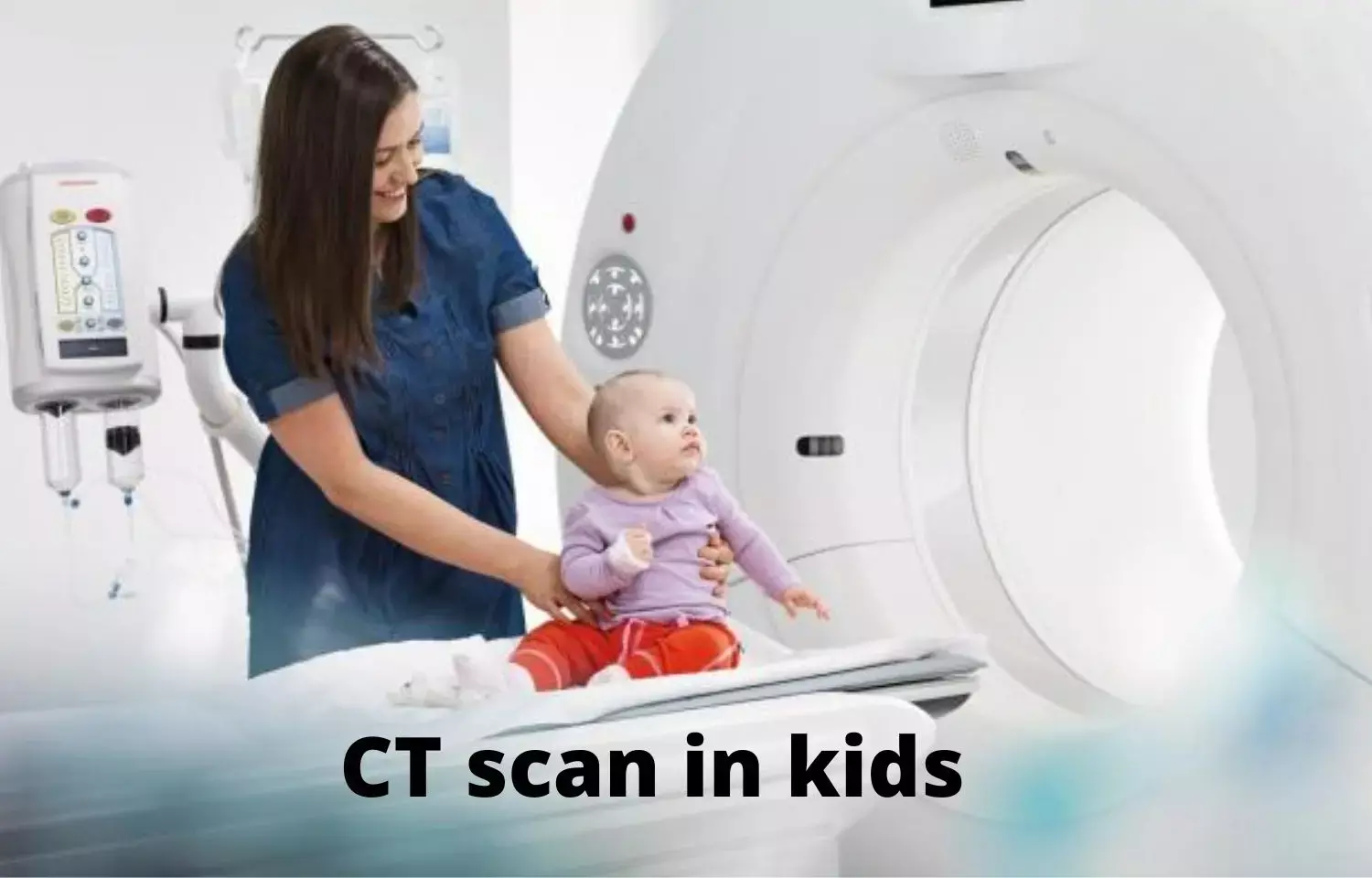- Home
- Medical news & Guidelines
- Anesthesiology
- Cardiology and CTVS
- Critical Care
- Dentistry
- Dermatology
- Diabetes and Endocrinology
- ENT
- Gastroenterology
- Medicine
- Nephrology
- Neurology
- Obstretics-Gynaecology
- Oncology
- Ophthalmology
- Orthopaedics
- Pediatrics-Neonatology
- Psychiatry
- Pulmonology
- Radiology
- Surgery
- Urology
- Laboratory Medicine
- Diet
- Nursing
- Paramedical
- Physiotherapy
- Health news
- Fact Check
- Bone Health Fact Check
- Brain Health Fact Check
- Cancer Related Fact Check
- Child Care Fact Check
- Dental and oral health fact check
- Diabetes and metabolic health fact check
- Diet and Nutrition Fact Check
- Eye and ENT Care Fact Check
- Fitness fact check
- Gut health fact check
- Heart health fact check
- Kidney health fact check
- Medical education fact check
- Men's health fact check
- Respiratory fact check
- Skin and hair care fact check
- Vaccine and Immunization fact check
- Women's health fact check
- AYUSH
- State News
- Andaman and Nicobar Islands
- Andhra Pradesh
- Arunachal Pradesh
- Assam
- Bihar
- Chandigarh
- Chattisgarh
- Dadra and Nagar Haveli
- Daman and Diu
- Delhi
- Goa
- Gujarat
- Haryana
- Himachal Pradesh
- Jammu & Kashmir
- Jharkhand
- Karnataka
- Kerala
- Ladakh
- Lakshadweep
- Madhya Pradesh
- Maharashtra
- Manipur
- Meghalaya
- Mizoram
- Nagaland
- Odisha
- Puducherry
- Punjab
- Rajasthan
- Sikkim
- Tamil Nadu
- Telangana
- Tripura
- Uttar Pradesh
- Uttrakhand
- West Bengal
- Medical Education
- Industry
Chest CT not reliable for distinguishing malignant tumors from benign pulmonary anomalies in kids: JAMA

USA: Chest computed tomography (CT) may not be accurate and reliable in distinguishing pleuropulmonary blastomas (PPBs) from benign congenital lung malformations in children, reports an article published in JAMA Network Open.
Congenital lung malformations (CLMs), a group of benign pulmonary anomalies, are rare conditions, estimated to affect 1 in 10,000 infants. Although the malignant transformation of benign CLMs is thought to be uncommon, a recent study confirmed that approximately 10% of cystic lung lesions may harbor cystic pleuropulmonary blastoma (PPB), a malignant and potentially lethal lung tumour associated with the DICER1 variant. PPB is a rare and aggressive malignant tumor in children. Diagnosis of PPB may be challenging due to its atypical presentations. PPB requires a prompt diagnosis and a multidisciplinary approach. Prognosis is closely related to the size of the tumour and metastatic status at the time of diagnosis. To date, the ability of CT to distinguish between benign CLMs and malignant cystic PPBs is not clear.
Engwall-Gill AJ., Johns Hopkins University School of Medicine, USA and colleagues conducted a multi-institutional case-control study of 40 children with cystic lung lesions, to assess the efficiency of chest CT in detecting malignant tumours among postnatally detected lung lesions in children.
Investigators used a consortium database of 521 pathologically confirmed primary lung lesions to assess diagnostic accuracy. CT scans from young children (median age, 7-8 months) with either a pathologically confirmed benign CLM or confirmed malignant PPB were reviewed independently in a blinded fashion by a cohort of trained pediatric radiologists. The main Outcomes were set as Accuracy, sensitivity, and specificity of CT in correctly identifying children with malignant tumors
Key findings of the study:
• The sensitivity of CT for detecting PPB was 58%, and the specificity was 83%.
• High suspicion for malignancy correlated with PPB pathology.
• There was poor interrater reliability and no significant difference in specific imaging characteristics between PPB and benign cystic lesions.
• The overall accuracy rate for distinguishing benign vs malignant lesions was 81%.
The authors conclude that chest CT, the current criterion standard imaging modality used to assess the lung parenchyma, may not be able to accurately and reliably distinguish PPB from benign congenital lung malformations in children. The study showed that CT scans have limited diagnostic accuracy and lack specific imaging characteristics that help to reliably discern PPB lesions from macrocytic congenital pulmonary airway malformations(CPAMs).
Operative management is recommended to confirm pathologic diagnosis in postnatally detected cystic lesions, the authors wrote.
Reference:
Engwall-Gill AJ, Chan SS, Boyd KP, et al. Accuracy of Chest Computed Tomography in Distinguishing Cystic Pleuropulmonary Blastoma From Benign Congenital Lung Malformations in Children. JAMA Netw Open. 2022;5(6):e2219814. doi:10.1001/jamanetworkopen.2022.19814
BDS
Dr. Hiral patel (BDS) has completed BDS from Gujarat University, Baroda. She has worked in private dental steup for 8years and is currently a consulting general dentist in mumbai. She has recently completed her advanced PG diploma in clinical research and pharmacovigilance. She is passionate about writing and loves to read, analyses and write informative medical content for readers. She can be contacted at editorial@medicaldialogues.in.
Dr Kamal Kant Kohli-MBBS, DTCD- a chest specialist with more than 30 years of practice and a flair for writing clinical articles, Dr Kamal Kant Kohli joined Medical Dialogues as a Chief Editor of Medical News. Besides writing articles, as an editor, he proofreads and verifies all the medical content published on Medical Dialogues including those coming from journals, studies,medical conferences,guidelines etc. Email: drkohli@medicaldialogues.in. Contact no. 011-43720751


